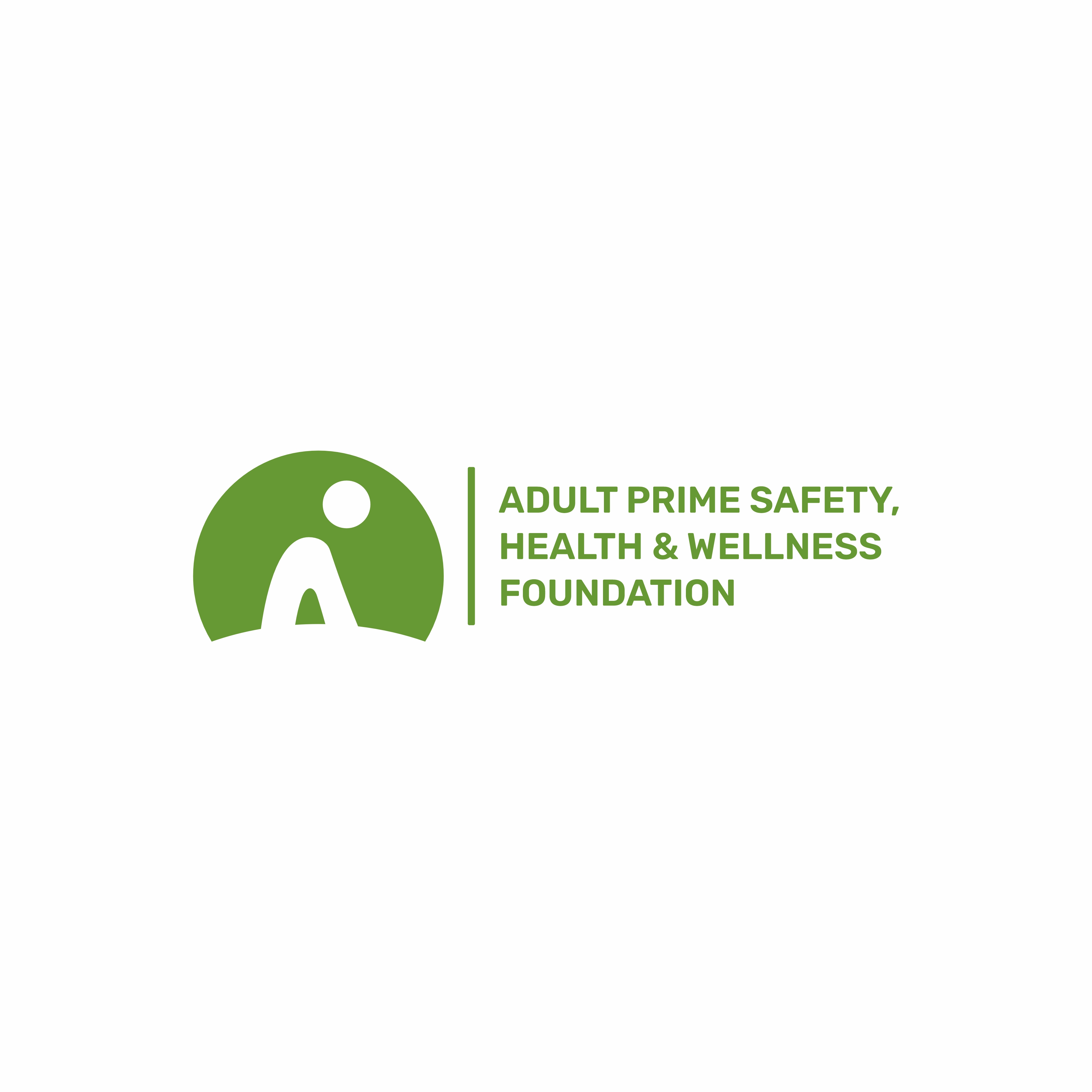Workplace Safety for Aged Adults—A Neglected Priority in Occupational Health
Keywords:
Workplace Safety, Aged Adult, Occupational HealthAbstract
Workplace safety is a cornerstone of occupational health, yet one demographic remains conspicuously underserved: aged adults. As global workforce demographics shift, with older adults increasingly remaining in or re-entering the workforce, the need to address their unique safety concerns has become urgent. Despite this, workplace safety policies and practices often fail to account for the physiological, cognitive, and ergonomic challenges faced by older workers. This oversight not only jeopardizes their health and well-being but also undermines organizational productivity and sustainability.
Aged adults bring invaluable experience and expertise to the workplace, but they also face heightened risks of injury and illness due to age-related declines in physical strength, balance, and sensory acuity. For instance, older workers are more susceptible to musculoskeletal disorders, slips, trips, and falls, as well as chronic health conditions that can be exacerbated by workplace stressors (Juba et al., 2024). Furthermore, cognitive changes associated with aging, such as slower reaction times and reduced memory recall, can increase the likelihood of accidents in high-risk environments (Juba et al., 2023). Despite these risks, many workplaces lack tailored safety interventions, such as ergonomic adjustments, flexible work schedules, and targeted training programs, to accommodate older workers.
The neglect of aged adults in occupational health is particularly concerning given the growing proportion of older individuals in the workforce. According to the International Labour Organization, the global labor force participation rate for individuals aged 55 and older has risen steadily over the past two decades, a trend expected to continue as life expectancy increases and retirement ages are pushed back (ILO, 2021). This demographic shift underscores the need for proactive measures to ensure the safety and well-being of older workers.
Recent research highlights the importance of adopting people-centric approaches to workplace safety, particularly for vulnerable populations. Olajide et al. (2023) emphasize the value of equitable workforce development models that prioritize inclusivity and adaptability, principles that are equally applicable to occupational health. Similarly, Juba et al. (2024) advocate for integrating mental health support into occupational safety programs, a strategy that could significantly benefit older workers who may face additional stressors related to aging and caregiving responsibilities.
